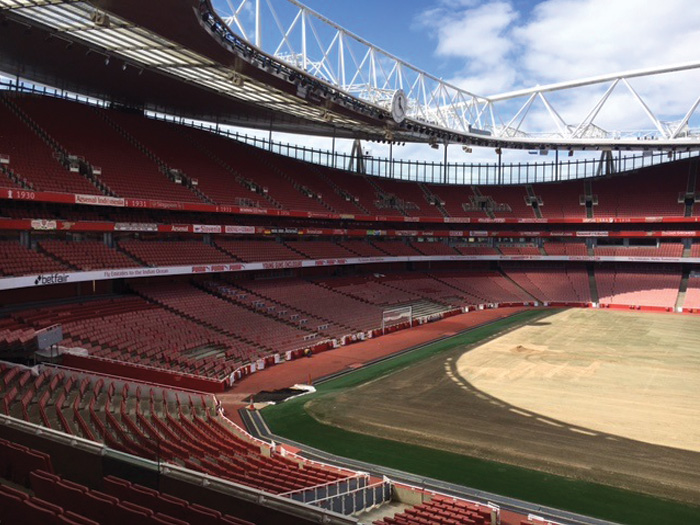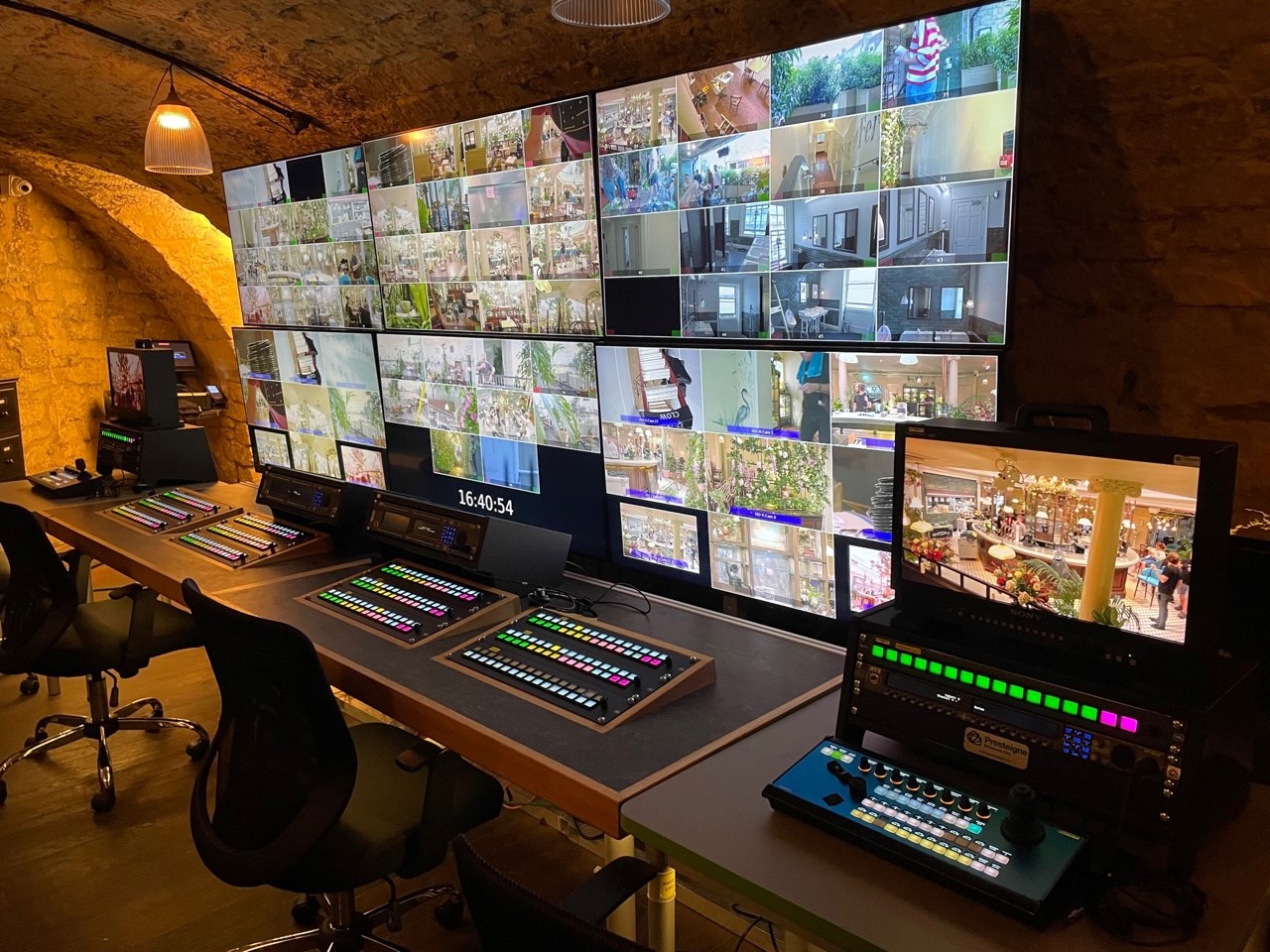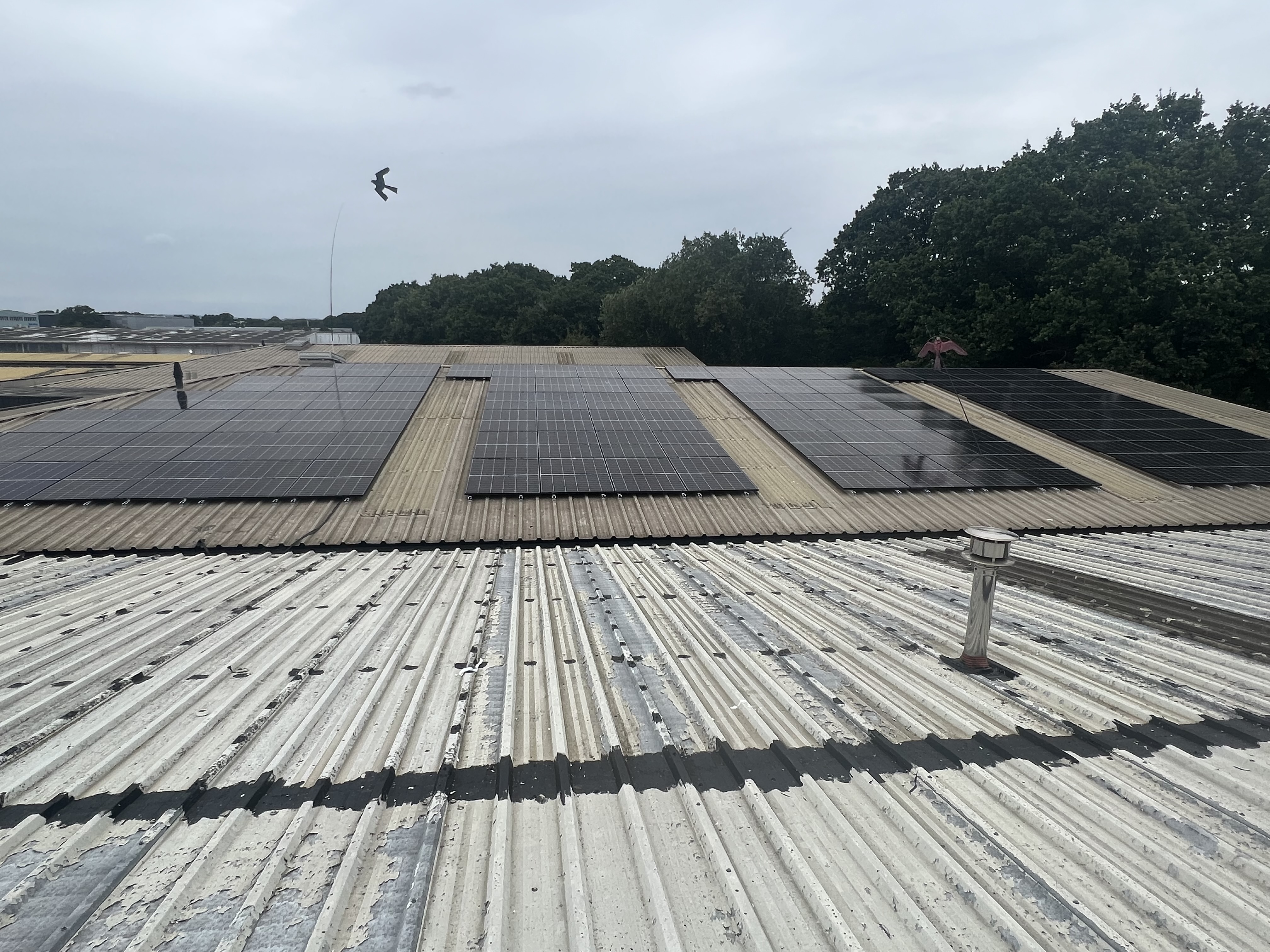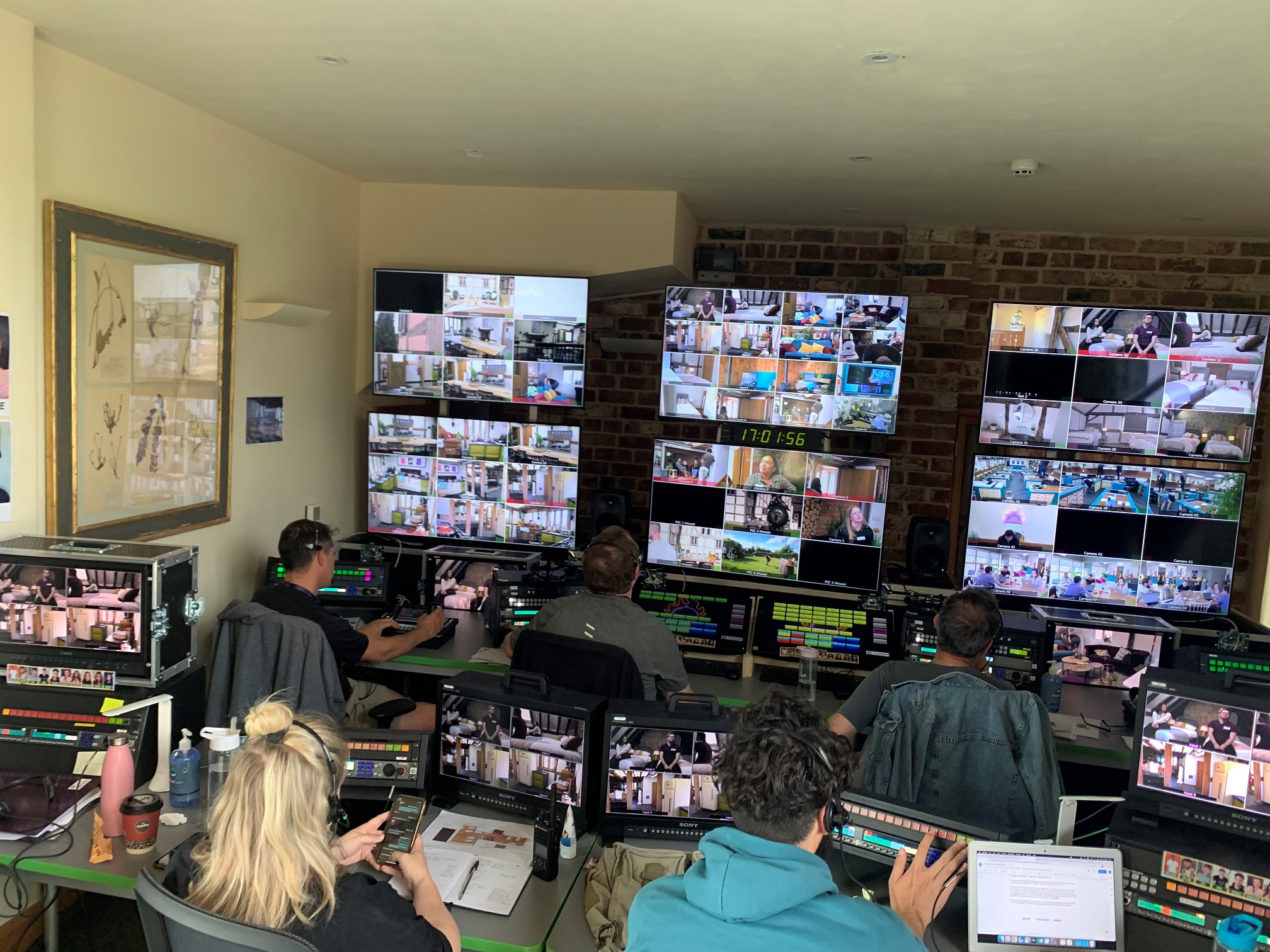
22.06.17
Jamie Brewer at SVG Future Sport
Despite being relatively quiet in the middle of the week, there are still lots of Arsenal fans and their families touring the stadium and visiting the museum, which we were also privileged to do. What that served was to add further context to the reason we were there, to discuss and learn about the latest in sport production and broadcasting, not only from manufacturers and customers, but competitors as well. Broadcast is more collegiate than you might think. All of the major service providers, equipment suppliers, and broadcast and production companies had a presence there, all of whom had a chance to profile what they’re doing today. You could say, at the end of the day we’re all on the same team.
And all of that tied in quite neatly with the first session, chaired by SVG, centred around The UEFA Champions League, with executives from BT Sport and UEFA talking through the production they put together for the Champions League match in Cardiff. For me, a key takeaway of that session, somewhat to my surprise, was how important virtual reality is becoming to these people. They are really trying to produce the virtual reality experience in its own right.
It boils down to paying proper respect to what the VR experience gives a viewer. By tying in commentary with various viewing aspects, for example, the commentator saying, “Now have a look behind you” is not something you can do with standard televisions, and as people begin to get used to the idea, and production teams further develop their techniques, viewer engagement stands a very good chance of really taking off.
Frankly, the consensus as to why VR hasn’t quite, in some quarters, quite captured the imagination is not because of the glasses/goggles you need to wear, it’s the lack of imagination of the productions. It was stated that production companies and broadcasters have, so far, been a bit lazy in pursuing it, but that mindset is changing rapidly as exciting new ideas get put into production. There’s an enormous amount of scope for doing a really fantastic job with VR, and of course that draws viewers, which generates revenue. It’s about getting past the temporary “Wow!” factor and producing VR in an imaginative way that will sustain the experience, and we’re getting very close.
We then moved on to Timeline, who had their sparkly new 4K OB truck parked outside, which was integral to the production of the Champions League game, and as it happens, Presteigne was peripherally involved in that because we were able to provide some cameras for a VR test session at The Confederation Cup in Turin earlier in the year to help spearhead the technical planning for Champions League VR experience.
HDR was also a buzz-acronym that got a lot of discussion later in the day. The takeaway for me was that although HDR is great, it’s still slow on the uptake because people have invested heavily in 4K and want to make the most of it, and there’s still a lot of scope for improvement there, believe it or not.
And then we moved on to boxing and the Super Heavyweight Championship of the World fight between Anthony Joshua and Wladimir Klitschko where we got to see a time lapse video of Sky Sports putting together the complex production at Wembley Stadium, which is quite something for a boxing match given the size of the stadium. The key point of that presentation to me was that even though they were there to put together a massive production, they were still at the mercy of the combatants, both in terms of their individual pre-match media requirements and their skills in the ring on the night. You never know if a match will go 15 rounds or 15 seconds! Fortunately, this one went 11 rounds and is widely considered a classic bout.
In the afternoon we got more of an opportunity to discuss what we’d just heard, and then came the session that really blew my mind, and it again centred on VR and augmented reality (AR), and the fact that Holland seems to be a real hotbed for VR/AR technology and production. They’re really pushing the boundaries of what is possible and it was a fascinating session. The whole idea of mapping stadiums and players and truly immersing people in the experience was really something to take notice of.
Which leads, perhaps not coincidentally, to the final sessions, which were largely led by Intel, which has a new sports division that is working on some initiatives that you won’t believe until you see them, and you will be seeing them soon. We’re talking about covering stadium with 40 or more cameras to capture as much of the action – and the “be there” experience – as possible. Imagine experiencing an NFL game from the viewpoint of a quarterback or a line-backer. I’ll let you ponder the ramifications of that.
In the end, it was a very worthwhile day, and hats off to SVG for putting on a thought-provoking, and sometimes mind-blowing event. I’m already looking forward to the next one…
…and at the rate things are progressing, I may only have to wear a pair of glasses to “be there”.
Other news stories
-
Presteigne Case Study - First Dates
BUTTERFLIES IN FRONT OF THE CAMERA..... BUT NO FIRST DATE NERVES BEHIND THE SCENES FOR EXPERIENCED PROFESSIONALS PRESTEIGNE
Project: “First Dates”
Client: Twenty Twenty
Broadcaster: Channel 4
-
Presteigne Broadcast commits to renewable energy generation and sustainability
Presteigne is "putting its money where its mouth is" in terms of sustainability said CEO George Dickson


